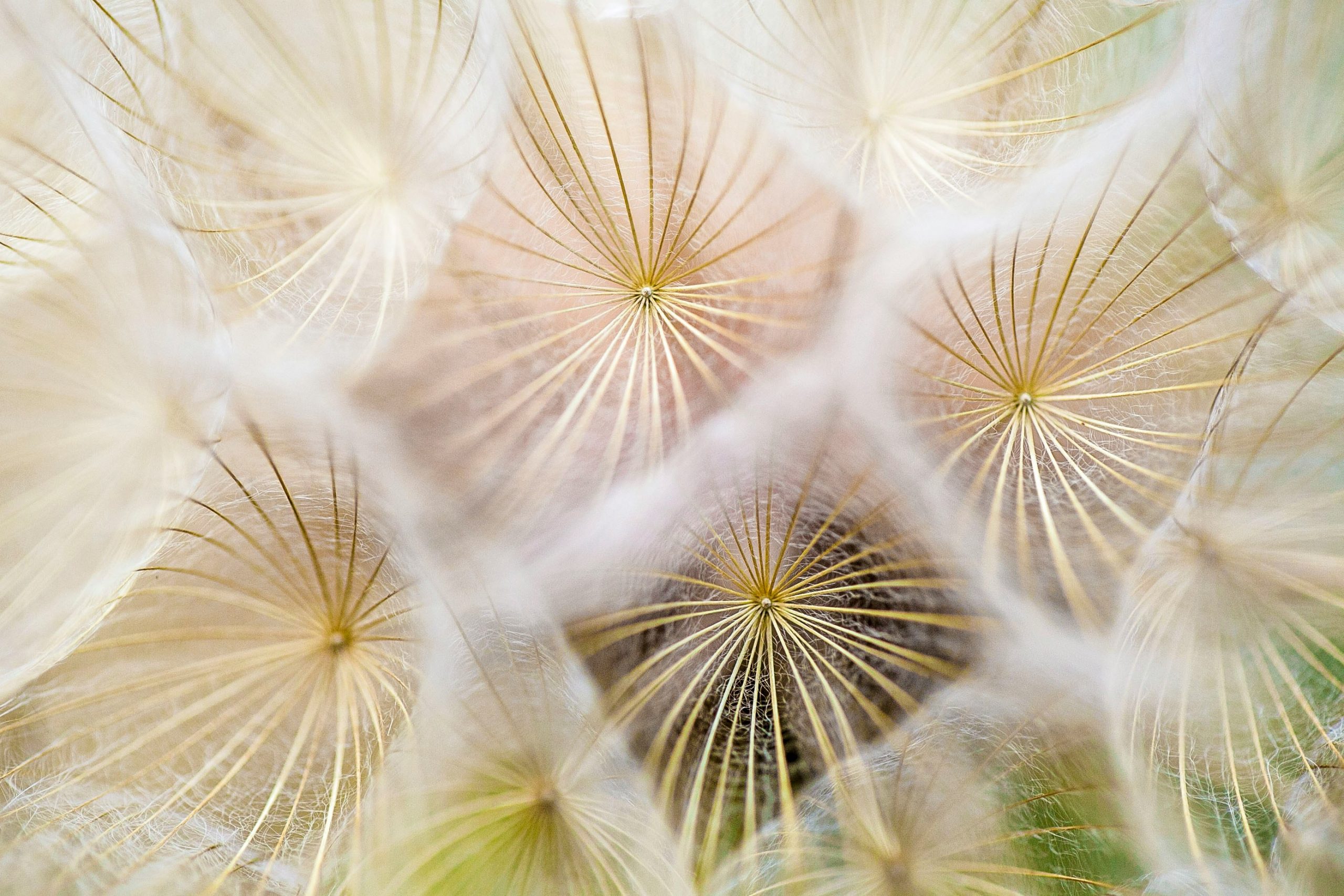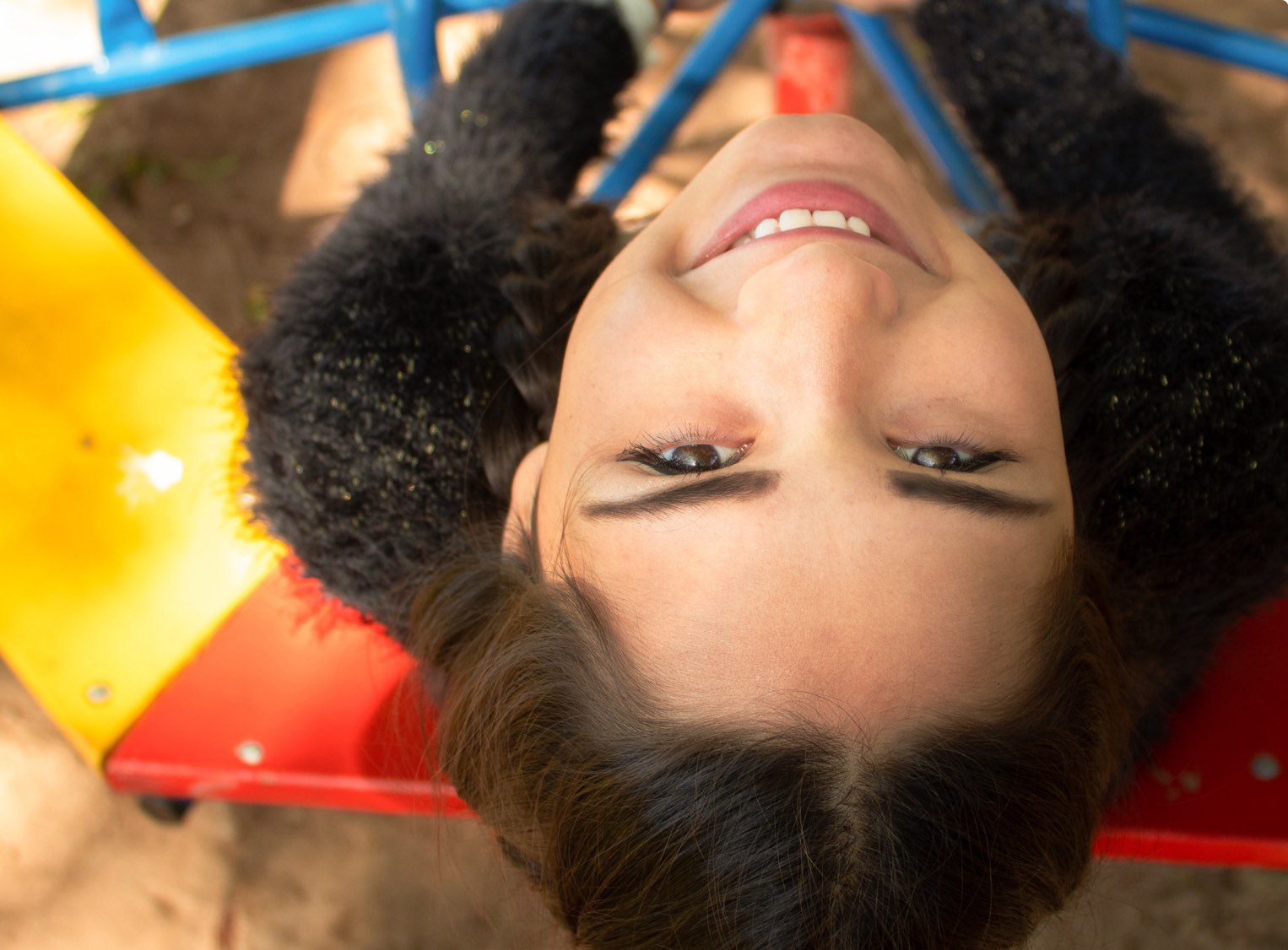Photo by Paul Talbot on Unsplash
Last month I looked at Winnie Dunn’s model of sensory processing, in which she considers the way brain processing (thresholds) and the person’s regulating responses (active or passive) interact with each other to create four different ways people respond to sensory experiences.
Continuing this series, this month I am going to focus on those with high neurological thresholds: seekers and bystanders, and see how their sensory patterns impact on them in everyday life.
Seekers

Sensory seekers have a high neurological threshold and an active self-regulating strategy. Seekers can never get enough sensory input, they are always looking for more. Their high neurological threshold means they have a huge cup for sensory input and they are looking for that cup to be filled!
They love sensation and need to fill their cup, so they create more of that sensation. They are turning on the tap to fill up their cup, and they are happy to let the cup overflow. Seekers who want movement might never keep still, rock on their chairs, have huge amounts of energy. Seekers who like sounds might sing constantly, talk loudly, hum, turn the volume up very loud.
Seekers are great with coming up with ideas, their brain is focused on finding new and novel sensations. They can be very innovative.
The challenge is that the seeking behaviour interrupts the flow of the day. They appear distractible, they love excitement and change
Bystanders

Bystanders have high brain thresholds (like seekers) but they respond with a passive self-regulating strategy. Their high neurological threshold means they also have a huge cup for sensory input but unlike seekers they don’t look for their cup to be filled, they don’t realise it needs filling.
Bystanders don’t notice what other people notice. They need more sensory information than others, but don’t realise this. They therefore miss out on all the sensory information all around them. They may seem unaware of their surroundings or things going on around them. They are often very easy going people and don’t cause challenges in terms of behaviour in classroom settings.
Bystanders can pay attention well as they are not distracted by sensory information around them. They don’t notice people coming into the room, or noises, or clutter.
The challenge is that they can miss out on information and not notice what other people expect them to notice. They may seem like they are ignoring others but they just don’t notice what is going on around them.
Resources
Here are three pieces of equipment that I saw recently in Kingsbury School, Skelmersdale that would be great for seekers.
Swedish Ladder Set
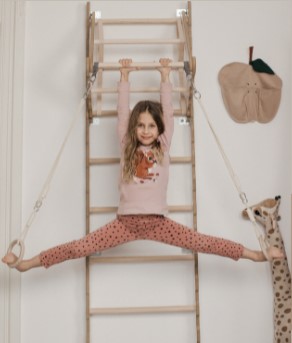
This provides opportunities for climbing, hanging, swinging.
Banana soft play rocker
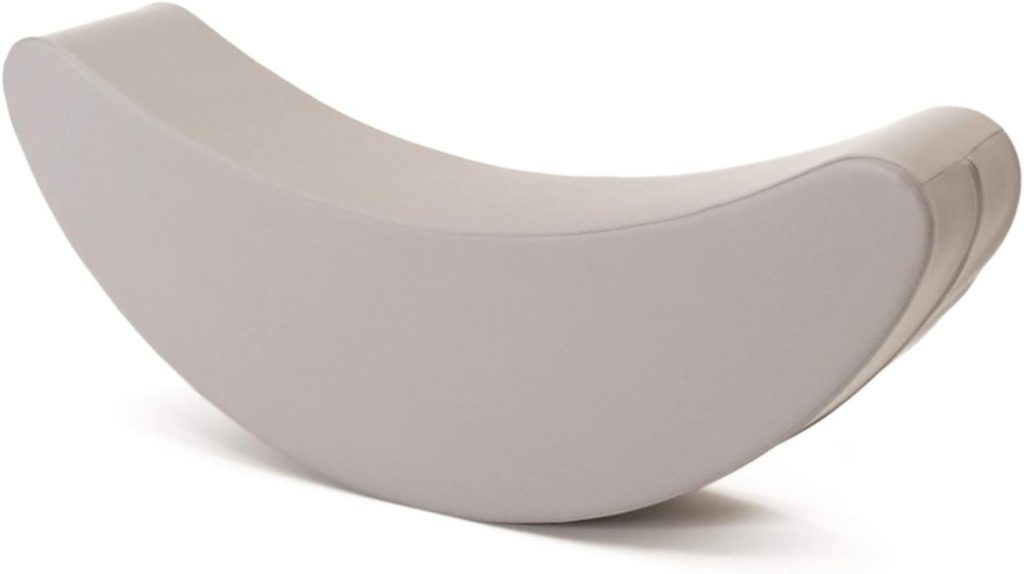
Very simple piece of equipment that the school have put in every classroom. It can be used in a variety of ways providing vestibular and proprioceptive input.
Indoor swing
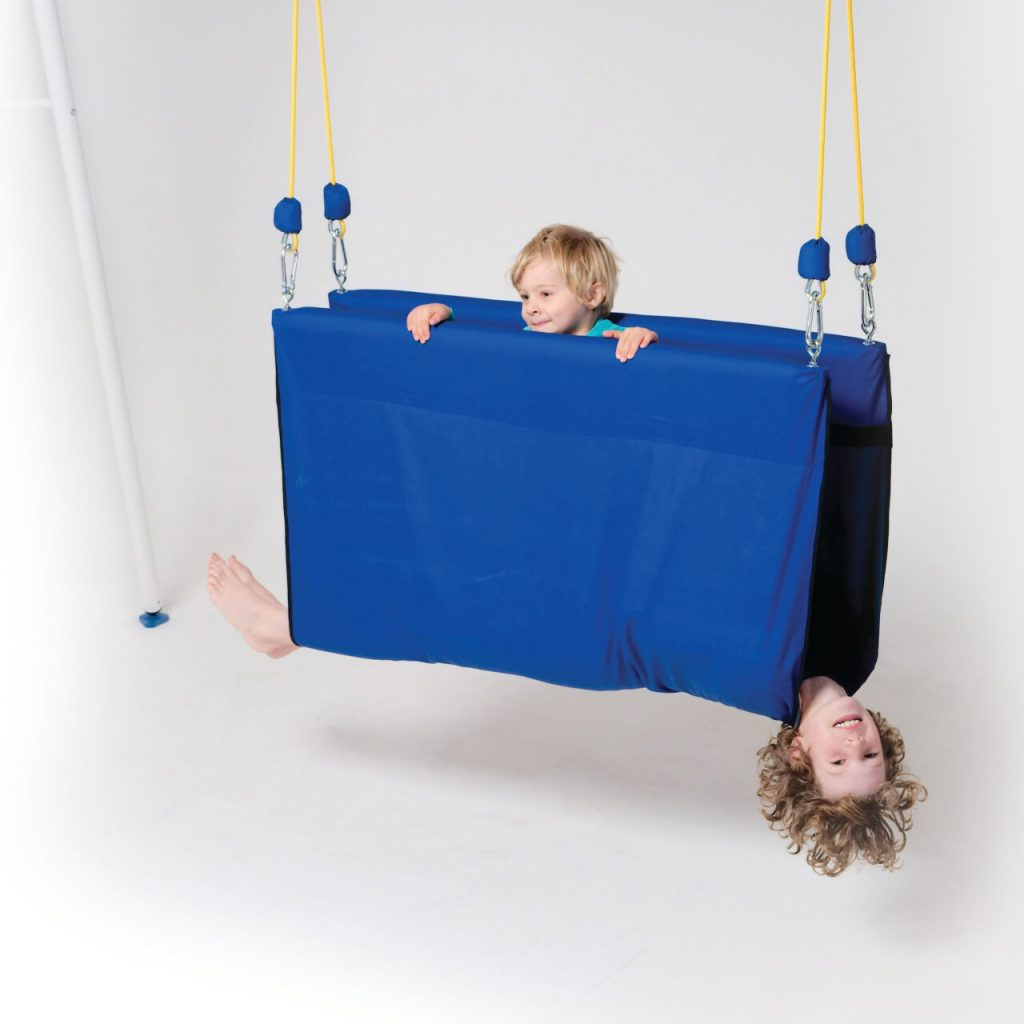
Great swing to add to your collection if you have suspension points or a swing frame. Easy to get into and worked well in the classroom.
Living Sensationally by Winnie Dunn
In this book Winnie Dunn explains how your individual sensory patterns affect the way you react to everything that happens to you throughout the day.
If you would like to find out more about Winnie Dunn’s model, then this is an easy to read book.
There are some very interesting chapters on how our individual sensory patterns affect our relationships with some good strategies.

